Dissertation Award
Since 2019, the Faculty of Physics and Astronomy awards the Dissertation Prize. The prize money of 4000 euros is donated by the Wilhelm and Else Heraeus Foundation. Young scientists can be nominated for the prize if they have completed their doctorate at the faculty in the two years prior to the award and have distinguished themselves through outstanding, original and independent research contributions. All university teachers who supervise doctoral theses at the faculty can submit nominations.
On this page you can learn more about the previous award winners and their work.
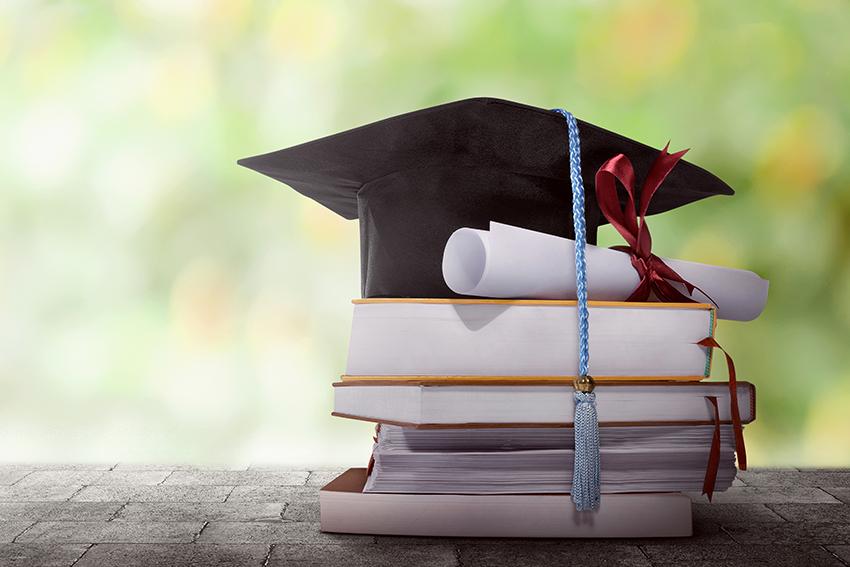
2023 - Dr. Ancla Müller & Dr. Jan Luca van den Busch
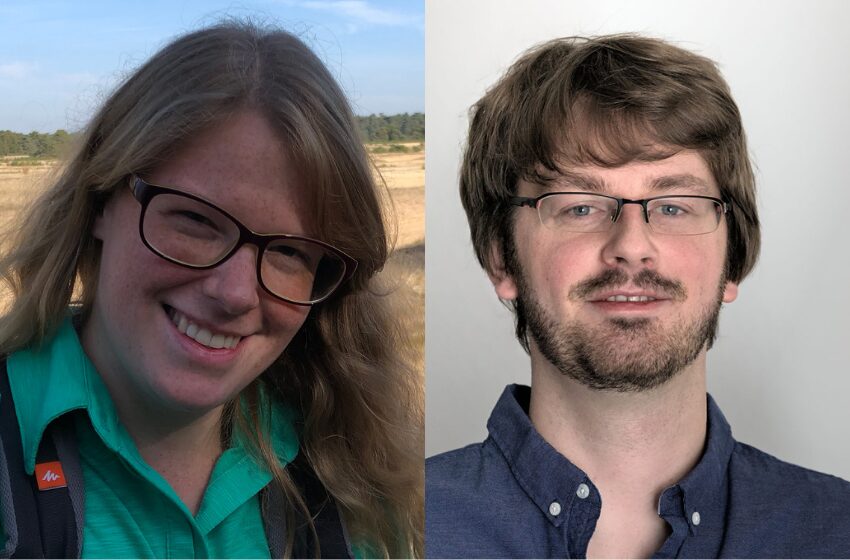
Two award winners in 2023
The 2023 dissertation prize was awarded to two people:
Dr. Ancla Müller and Dr. Jan Luca van den Busch
Polarized radio emission of cluster galaxies: clue to the physics of ram-pressure stripping and its influence on galaxy evolution
Dr. Ancla Müller
With the help of the uniquely deep observational data, Ms. Müller was able to map the magnetic field structure of star-forming galaxies in a galaxy cluster for the first time and thus draw conclusions about their evolution in such an environment, taking into account their magnetic properties. Furthermore, large-scale emissions could be mapped and the rarely observed re-acceleration processes could be studied.
A Study in Redshift - Simulating and calibrating cosmic shear surveys
Dr. Jan Luca van den Busch
The key to understanding our cosmos lies in the distribution of matter, which we reconstruct by observing millions of galaxies in extensive observation campaigns. A major challenge is to reconstruct the third dimension, the distance, from our two-dimensional view of the night sky. As part of his dissertation, Mr. van den Busch has tested and further developed the latest techniques for distance determination using realistic simulations. The results of this work are an important contribution to mastering the challenges of the future generation of observation campaigns.
2022 - Dr. Meike Küßner
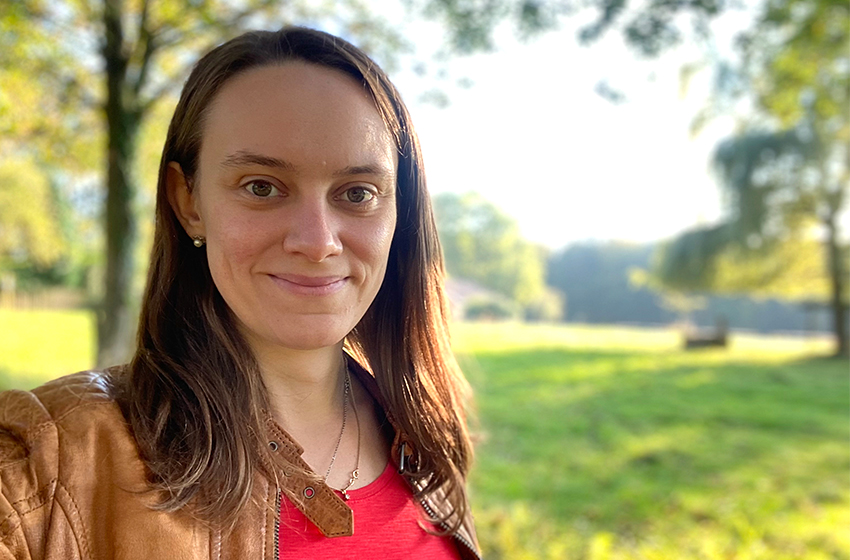
Exotic Matter in the Spotlight
In the world of the smallest particles, the strong interaction causes bonding between quarks. However, the effects of this interaction are not understood and are the subject of current research in hadron spectroscopy. In her dissertation, Dr. Küßner developed a very original approach to generate the bonding states via the interaction of two virtual photons. The results contribute significantly to the understanding of the resonances and the applied method can also be extended to other reaction channels, so that eventually a consistent and comprehensive description of hadronic resonances will be possible.
2021 - Dr. Katharina Grosse
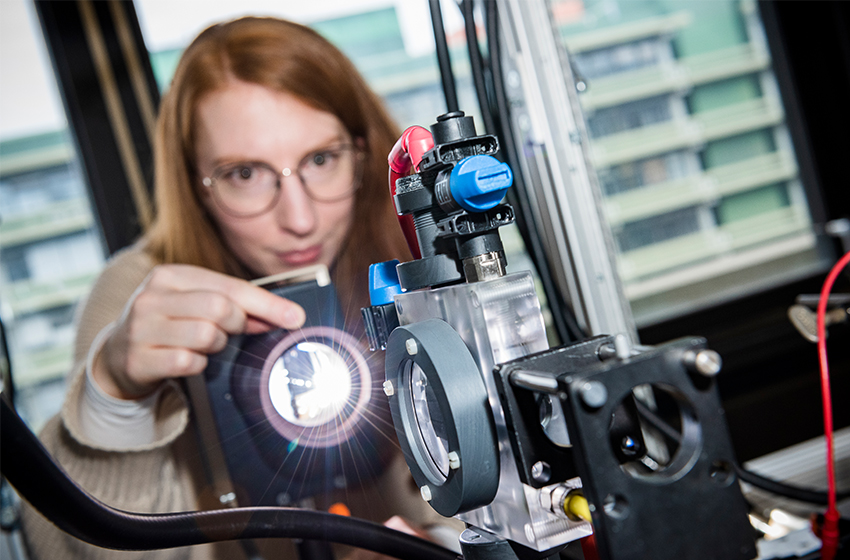
Temporal Evolution of Nanosecond Pulsed Plasmas in Water.
In her doctoral thesis, Dr. Grosse investigated the entire dynamics of these plasmas from ignition to afterglow using time-resolved emission spectroscopy. She then compared the results with modeling of the emission and fluid dynamics. Based on her measurement methods and the subsequent analysis of the results, Dr. Grosse has fundamentally extended the understanding of these plasmas.
2020 - Dr. Lukas Merten
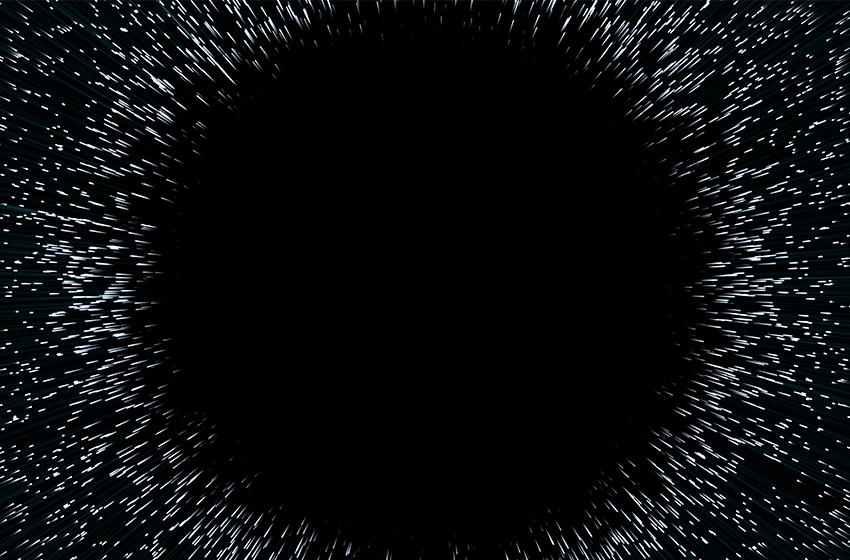
Anisotropic Transport of Galactic Cosmic Rays based on Stochastic Differential Equations
In his PhD thesis, Mr. Merten has introduced a new method - the stochastic differential equations - in the field of galactic transport of cosmic rays, which allows to perform solutions of the transport equation in the same simulation environment as the non-diffusive single particle propagation of cosmic rays at the highest energies. First applications of the method in the field of intragalactic propagation and transport from the termination shock back to the Milky Way provide new research results, which are already intensively discussed in the scientific community.
2019 - Dr. Sven Scholz
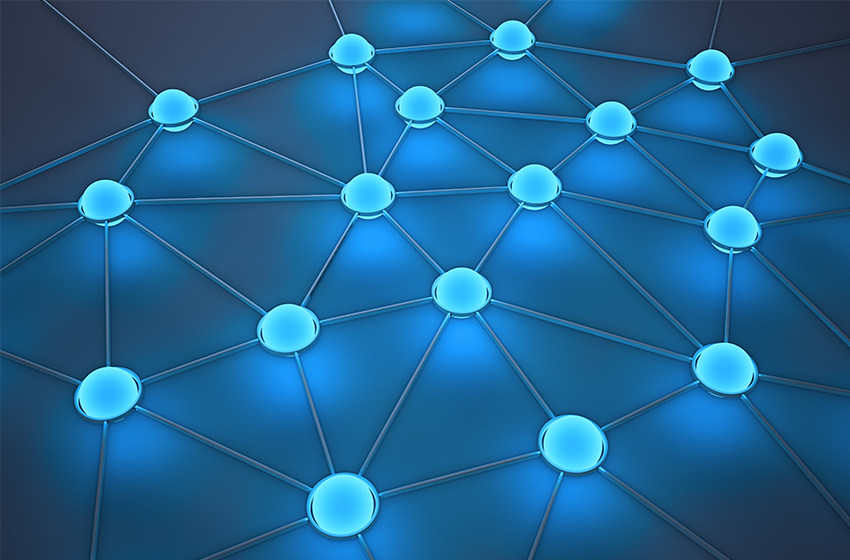
Optical investigation and optimization of III-V quantum dot nanowire heterosystems fabricated by molecular beam epitaxy.
Mr. Scholz has taken the lead in developing a new preparation technique to minimize interfering signals in the generation of quantum dots. The optical emissions in the wetting layer can now be reduced by a factor of 1,000, making it possible for the first time to produce low-dimensional structures in the nm range with unique electrical and optical properties.

